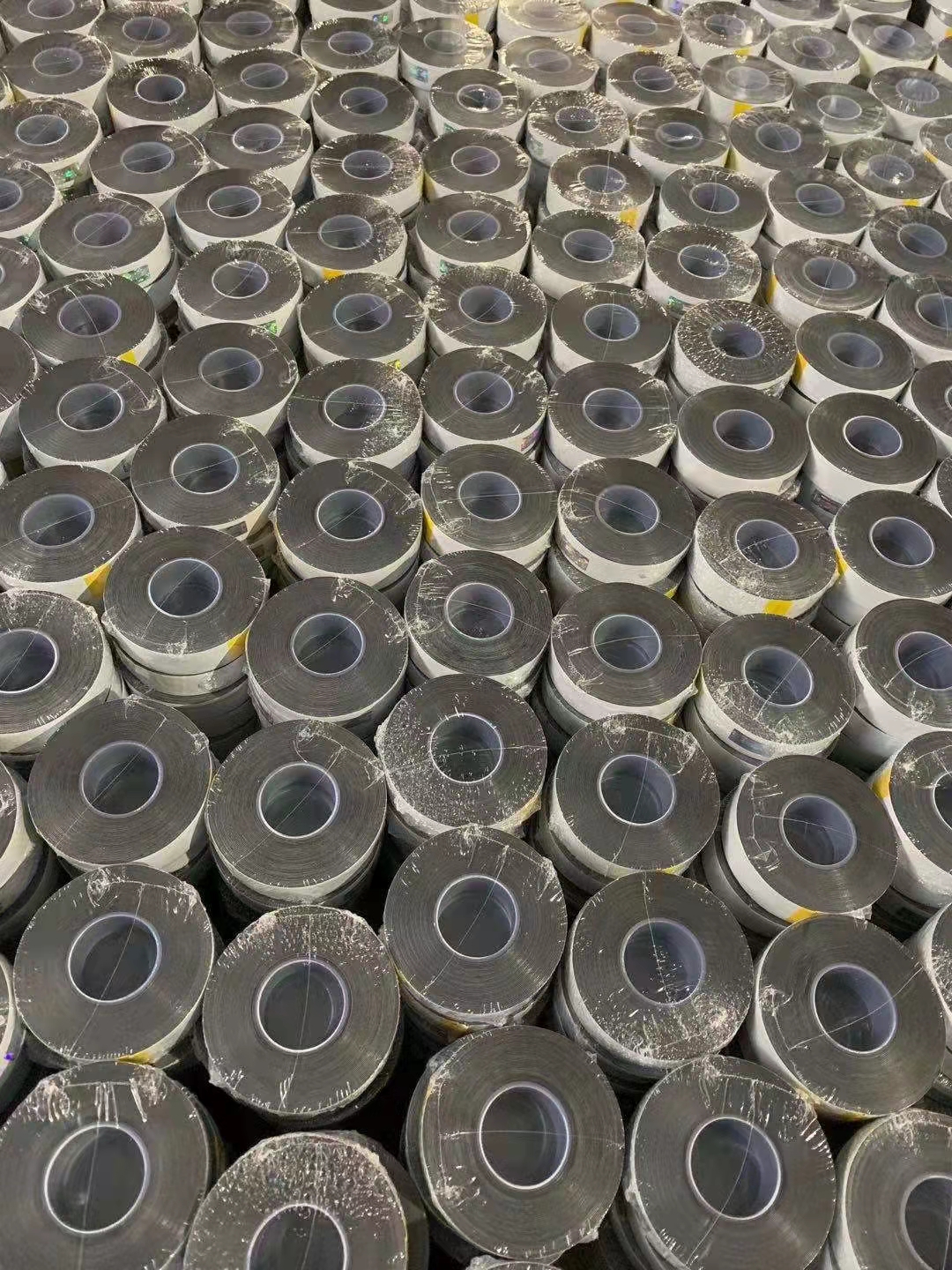The Versatility of Flexible Waterproof Tape A Comprehensive Guide
In an age where home improvement and repair projects are increasingly becoming DIY endeavors, the need for versatile tools and materials is more crucial than ever. One product that has gained popularity among homeowners and DIY enthusiasts is flexible waterproof tape. This innovative adhesive solution is not only useful for waterproofing but also caters to a multitude of applications, making it a staple in any toolkit.
What is Flexible Waterproof Tape?
Flexible waterproof tape is a high-strength adhesive tape designed to create an impermeable barrier against water and moisture. It is typically made from a blend of materials such as rubber, polyethylene, or vinyl, combined with a powerful adhesive that ensures a robust bond with various surfaces. Unlike traditional duct tape or masking tape, flexible waterproof tape is exceptionally resilient and can withstand harsh environmental conditions, making it an ideal choice for indoor and outdoor projects alike.
Key Features and Benefits
1. Water Resistance As its name suggests, the most significant advantage of flexible waterproof tape is its ability to resist water penetration. This makes it perfect for sealing leaks in roofs, gutters, pipes, and even pools. Whether you have a slow drip in the bathroom or a significant leak in the basement, this tape can provide a quick and effective solution.
2. Flexibility Unlike rigid waterproof materials, flexible waterproof tape can conform to various shapes and surfaces. This feature makes it incredibly useful for irregular or uneven surfaces, ensuring a tight seal that keeps water out.
3. Ease of Use One of the best things about flexible waterproof tape is how user-friendly it is. There’s no need for complex tools or techniques—simply cut the desired length, peel off the backing, and apply it to the surface. It can even be applied in wet conditions, which is advantageous for emergency repairs.
4. Durability Many types of flexible waterproof tape are designed to endure extreme temperatures and exposure to UV rays, making them suitable for outdoor use. They won’t easily break down or lose adhesion over time, ensuring long-lasting protection.
flexible waterproof tape

5. Versatility Beyond waterproofing, this tape can be used for a myriad of applications. It is often utilized for insulation and repairing hoses, wires, and even in crafting and automotive projects. Its ability to bond with various materials—such as metal, wood, plastic, and fabric—makes it a truly multifunctional tool.
How to Use Flexible Waterproof Tape Effectively
For best results, it’s essential to follow some basic guidelines when using flexible waterproof tape
- Surface Preparation Ensure that the surface is clean, dry, and free of any debris or loose materials. A clean surface will help the tape adhere better and last longer.
- Cut to Size Measure the area where the tape will be applied and cut it to the appropriate length. Applying too much tape can lead to creases, which may hinder its waterproofing capabilities.
- Apply Firmly Once the tape is positioned, press down firmly to ensure a solid bond. For larger areas, use a roller or your fingers to smooth out any air bubbles.
- Edge Sealing For enhanced effectiveness, particularly in high-pressure areas, consider sealing the edges with additional tape to create a more secure barrier.
Conclusion
Flexible waterproof tape is an essential addition to any homeowner’s toolkit, combining convenience, efficacy, and versatility. Whether you are tackling repairs around the house or engaging in creative projects, this tape stands out as a reliable solution to various challenges. Its numerous applications, together with its capacity to keep your environment dry, underscore its status as a modern-day miracle in the realm of adhesive products. As you embark on your next DIY project, don’t forget to stock up on flexible waterproof tape—it may just save the day!
-
XIANGFAN Rubber Tape-Ultimate Solutions for All Your Insulation NeedsNewsJun.24,2025
-
XIANGFAN Rubber Tape-Protection for Industrial and Residential ApplicationsNewsJun.24,2025
-
XIANGFAN Rubber Tape: Superior Safety and Sealing for Demanding EnvironmentsNewsJun.24,2025
-
XIANGFAN Rubber Tape: Reliable Solutions for Every Electrical ChallengeNewsJun.24,2025
-
XIANGFAN Electrical & Industrial Tape: Powering Reliability Across IndustriesNewsJun.24,2025
-
XIANGFAN Electrical & Industrial Tape: Excellence in Every ApplicationNewsJun.24,2025
